Producers
-
Description:
Weingut Fuchs und Hase is an independent winery founded in 2014 by Stefanie and Alwin Jurtschitsch and Martin and Anna Arndorfer producing exclusively pet-nat wines. The Arndofers and Jurtschitsch’s are very good friends and they spend a lot of time together, tasting together, and philosophising about wine over a beer. After learning about pet nat in other countries (none was made in Austria at the time), Martin and Alwin decided that they wanted to try to make some together. They went and shared their idea with their wives, and it turned out that Stefanie had already made one two years earlier as an experiment! She wanted to make a wine without any additions at all. It came out with 5atm’s of pressure, so too high for a pet-nat, but it was a learning experience.
Pet-nat is a perfect wine for them to make together because they are philosophically aligned and it’s important to work naturally. They are currently working with about three hectares total, each family contributing fruit from one and a half hectares, which are all certified organic and in the Kamptal. They chose to work with vineyard sites that are high elevation, near the forest, sites that have natural acidity and lower alcohol. In Austria, there is a saying, “where the fox and hare say goodnight” and it refers to a remote place surrounded by forest, which is how they came up with the winery name, the Fox and Hare, or Fuchs und Hase.
They make five to seven different cuvees each year, using different varieties. Every wine is a co-fermentation with different grapes and different levels of skin contact. Each cuvee is numbered by “Volume” and the higher the “Volume“ the more skin fermentation was used. The goal is to have velvet tannins which bring structure, stability and diverse flavors. All wines are fermentated with native yeasts, without any additions, and bottled unfiltered - a pure and handcrafted expression of Austrian petillant naturel. When fermentation is finished they bring the bottles out the cellar for a day and use cold winter temperatures in January / February to make tartaric stabilization. In the cold, the wine crystals drop out and afterwards we store the bottles for a short time bottom up before we do a manual disgorgement. Afterwards the wine is topped off with the same wine and sealed with a traditional crown cap.
The wines are fresh and savory, each expressing the variety in the bottle and the crisp, Kamptal fruit.
Image: Region:
Region: -
Description:
The Fugitives were a group of Vanderbilt writers, poets, and philosophers founded just after World War I by Giles County natives Donald Davidson and John Crowe Ransom. Many of the original Fugitives went on to achieve great acclaim and influence, including Ransom, who chaired the literary department at Kenyon and is considered the greatest native Tennessee poet, and Robert Penn Warren, who won the Pulitzer Prize for “All the Kings Men”.
The mission of Fugitives Whiskey, founded by Tennessee natives Jim Massey and Darren Briggs, is to embrace the Fugitives ideals of honoring Tennessee agriculture and craftsmanship by making small batches of extraordinary whiskey from locally grown ingredients, right down to the charcoal used to filter the whiskey. Copper pot distilled to perfection, each batch is hand-crafted and cut to reveal the boldest flavors and nuance. These spirits are a testament to the creative spirit of Nashville and the love of Tennessee farmlands.
Image: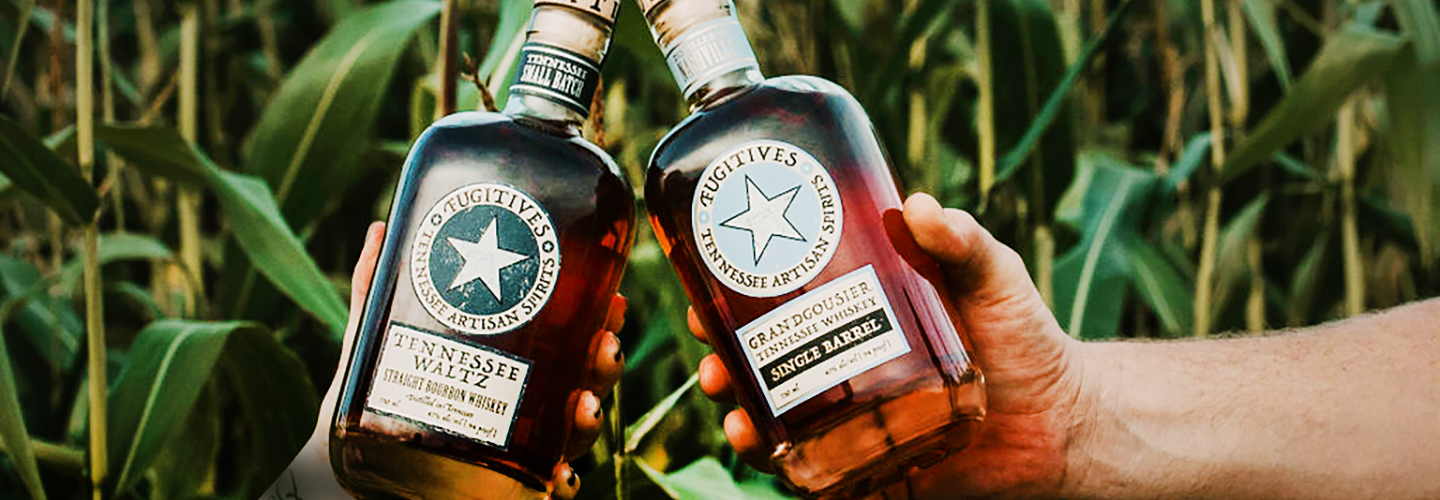 Region:
Region: -
Description:
Mike McCarron has always been a winter person. An avid cross–country skier for many years, coaching and teaching the sport in the U.S. and abroad, his love of Nordic skiing took him, naturally, to Scandinavia. It was in Iceland, at a traditional smørrebrød dinner given by Danish friends, that he was introduced to aquavit, flavored with dill. He was inspired by how the spirit did not dominate, but calmly enhanced the food and pleasant conversation. It added a quiet elegance without being showy.
He returned to Minnesota to find that dill aquavit wasn’t to be found stateside. When years went by and dill aquavit did not appear on the shelves, he decided to take action. With a well–balanced, flavorful recipe for dill aquavit in hand, he contacted a local micro–distillery (45th Parallel) and created Gamle Ode (old ode).
Image: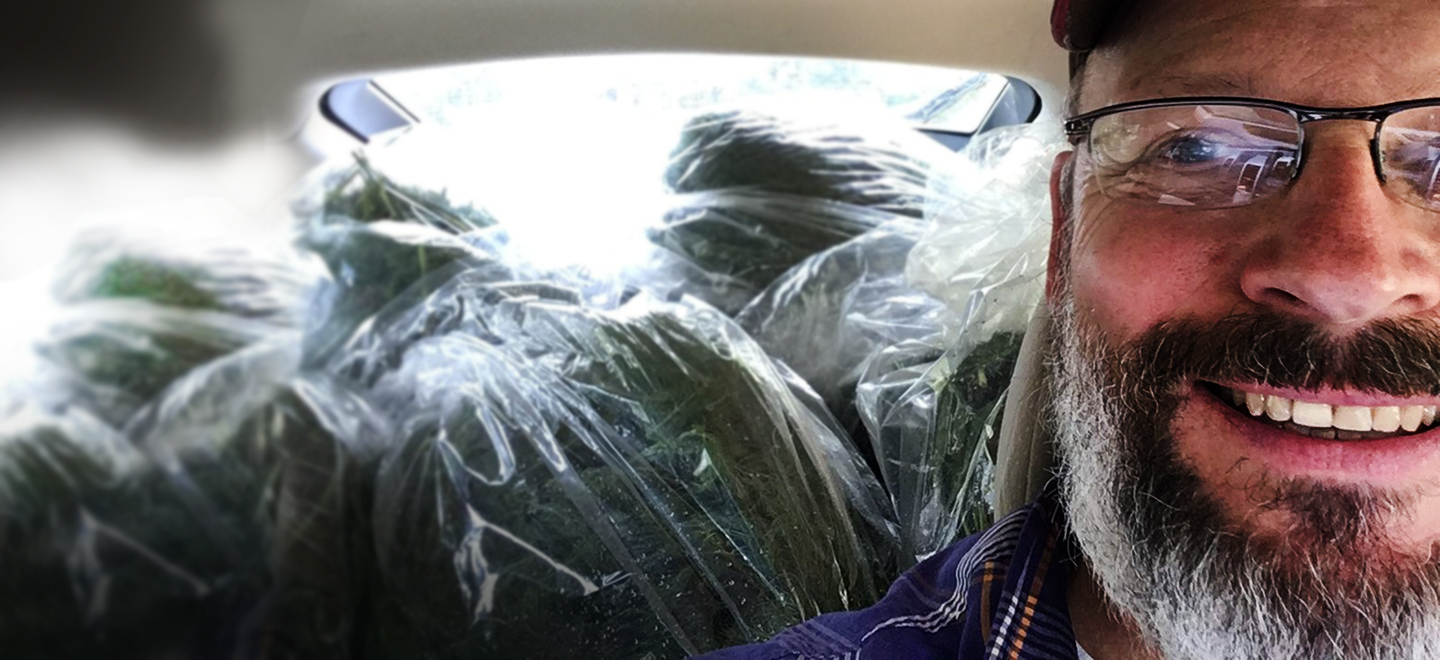 Region:
Region: -
Description:
Gen del Alma began in 2011 when five wine loving friends planted a 7 hectare vineyard in Gualtallary at 1400 meters above sea level on alluvial soils composed of calcium carbonate and granite. The group began making wine in a small winery built in 1952 in the town of Tupungato where they work with concrete vats, concrete eggs and amphorae made from local sand and stone. Matias Prieto farms the vineyards and makes the wines. His pioneering work helped start a trend in Argentina towards fresher and more high toned wines. Fun, light, and bright, we work with an unfiltered Chenin Blanc that comes from Villa Seca, in Tunuyan, as well as a red wine, a blend of Pinot Noir and Malbec that is carbonic macerated, and comes from the estate vineyards in Gualtallary.
This profile and tasting notes were edited from the Brazos Wine website, along with the pictures used. For more information please visit: Brazos
Image: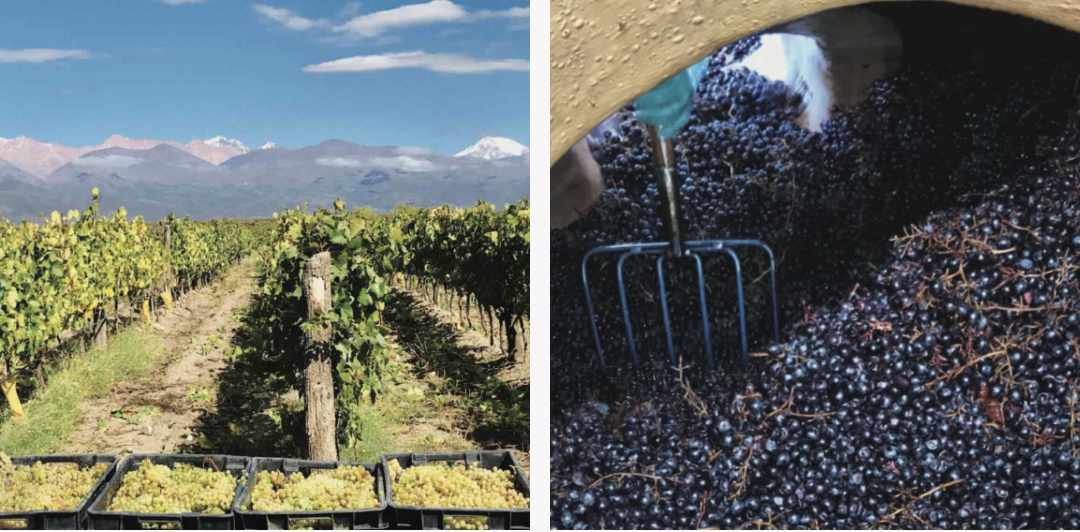 Region:
Region: -
Description:
Casa Aurora is German Blanco's homage to his great-grandmother, one of the first female miners in Spain, who raised him in Albares de la Ribera, a small village in Leon.
Here, in a tiny hamlet just outside the Bierzo DO, German makes pure wines from micro-vineyards that dot the landscape, and are usually planted with very old vines of a variety of different grapes: Palomino, Mencia, Tintorera, Merenzao, Godello, Garnacha... The high-altitude and the iron-rich clay soils of the area gives these mountain wines a great balance between a soft mouthfeel and firm tannins. There is also a fair amount of granitic rocks in the terroir, and these are probably responsible for the floral, distinctive aromas of the wines.
His line-up consists of a few single-vineyard labeled wines, as well as regional ones, and the production - under 10.000 bottles - comes from a mix of purchased fruit as well as from owned vineyards. He farms organically and the wines, made in a tiny cellar as charming as his labels, are made from spontaneous fermentations in a variety of vessels, including amphorae, old foudres, and tanks.
For more about this talented winemaker, visit the Quinta Milú and La Bicicleta Voldadora pages.
BOWLER E-Zine Issue 1 | Q4 2020: Germán Blanco (Milú, Bicicleta) on his Bierzo Winery, Casa Aurora
Image: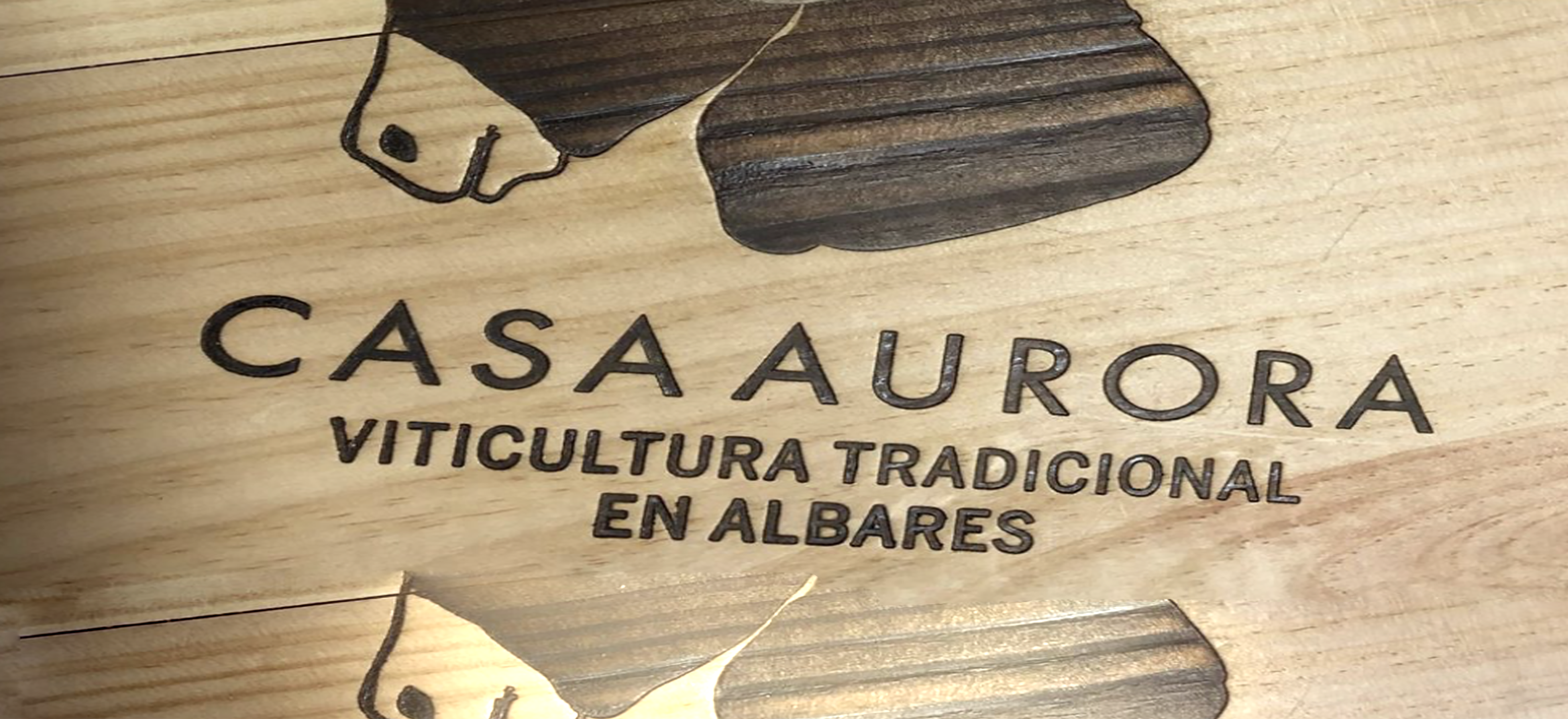 Region:
Region: -
Description:
La Bicicleta Voladora is German Blanco's (Casa Aurora and Quinta Milu) project in Rioja Oriental, from grapes grown in Navarra. He rents the vineyard and makes the wines at the winery from a longtime friend and vigneron from the area. The grapes are organically certified, and the wines are uncomplicated, made to be drunk young.
Please visit our Quinta Milú page for more wine by Germàn. He also produces wines from high-altitude vines in Bierzo; for more information, visit our Casa Aurora page.
BOWLER E-Zine Issue 1 | Q4 2020: Germán Blanco (Milú, Bicicleta) on his Bierzo Winery, Casa Aurora
Image: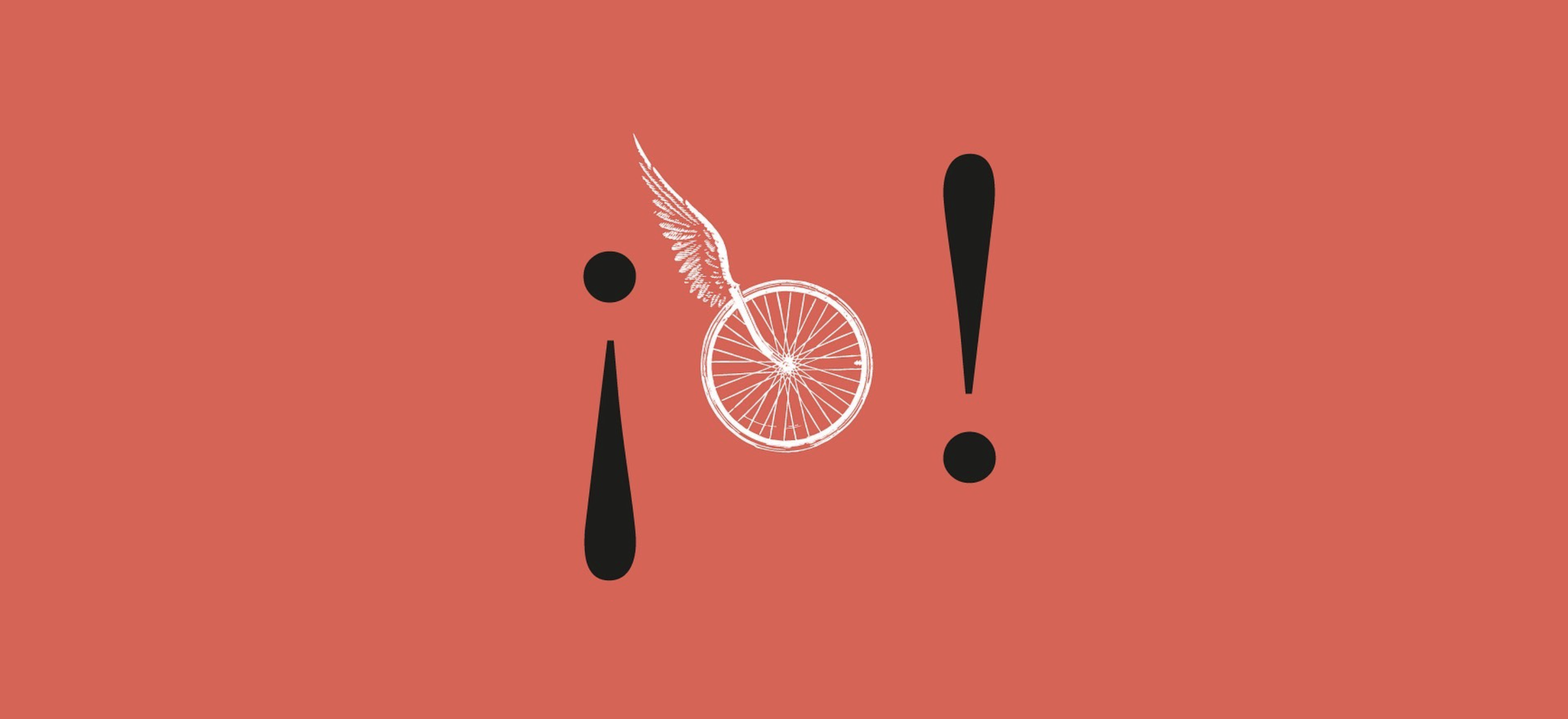 Region:
Region: -
Description:
Quinta Milu is Germán R. Blanco's operation in the small town of La Aguilera is a "micro winery". He eschews modern winemaking techniques and international varieties working with old Tempranillo vines. He makes "vinos de pueblo", blended wines from different vineyards from villages in the area, as well as vinos de parcela, sourced from single-vineyards, and parcel-specific. There is no new oak in the winery, Germán uses concrete, amphorae, and old barrels. Quinta Milú is named for Germán's son Lucas whom they lovingly refer to as "Mi Lu" or Milú.
Please visit our La Bicicleta Voldadora page for more wine by Germàn. Germán also produces a very small amount of wines from high-altitude vines in Bierzo; visit our Casa Aurora page.
BOWLER E-Zine Issue 1 | Q4 2020: Germán Blanco (Milú, Bicicleta) on his Bierzo Winery, Casa Aurora
Image: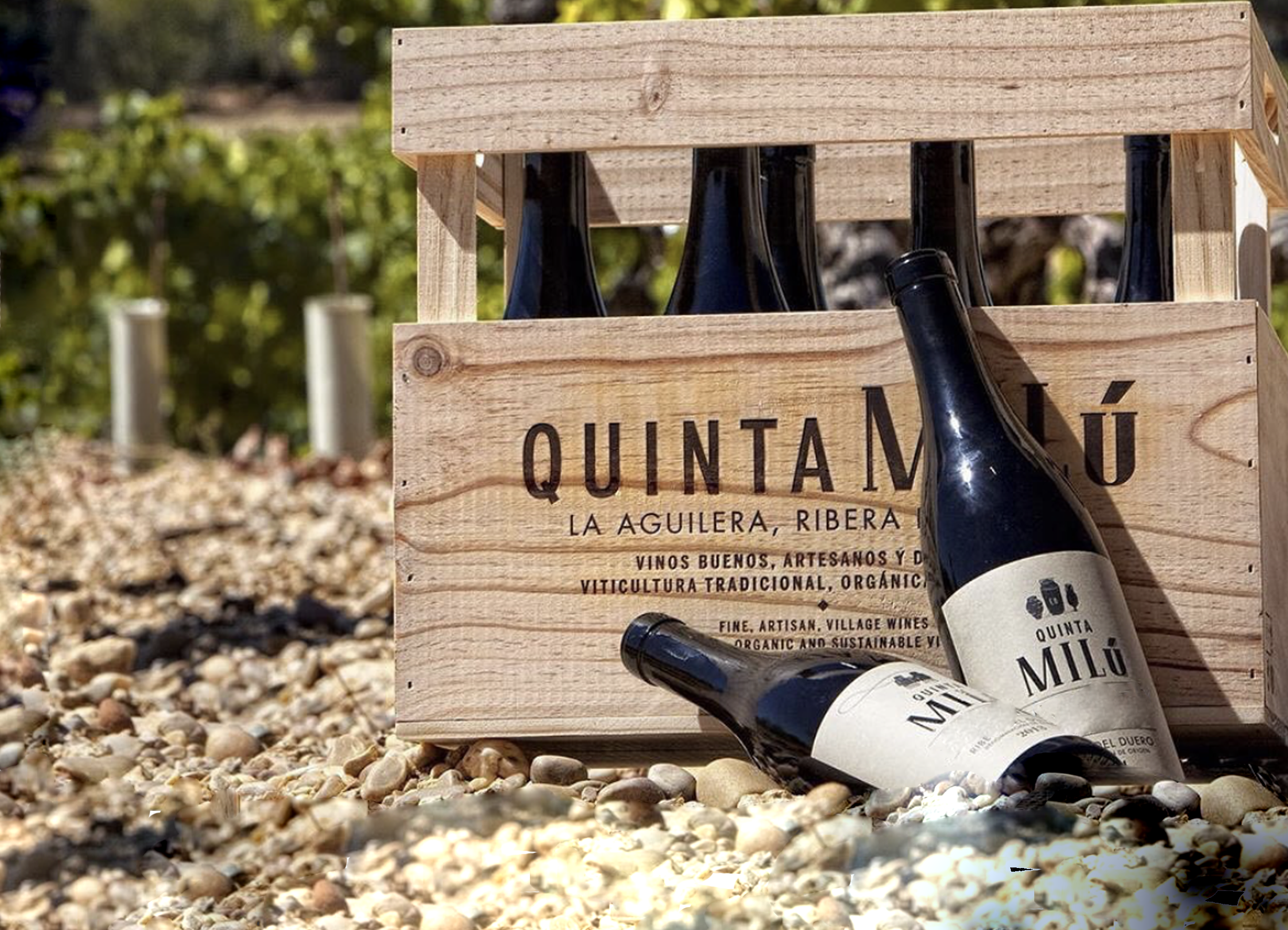 Region:
Region: -
Description:Image:
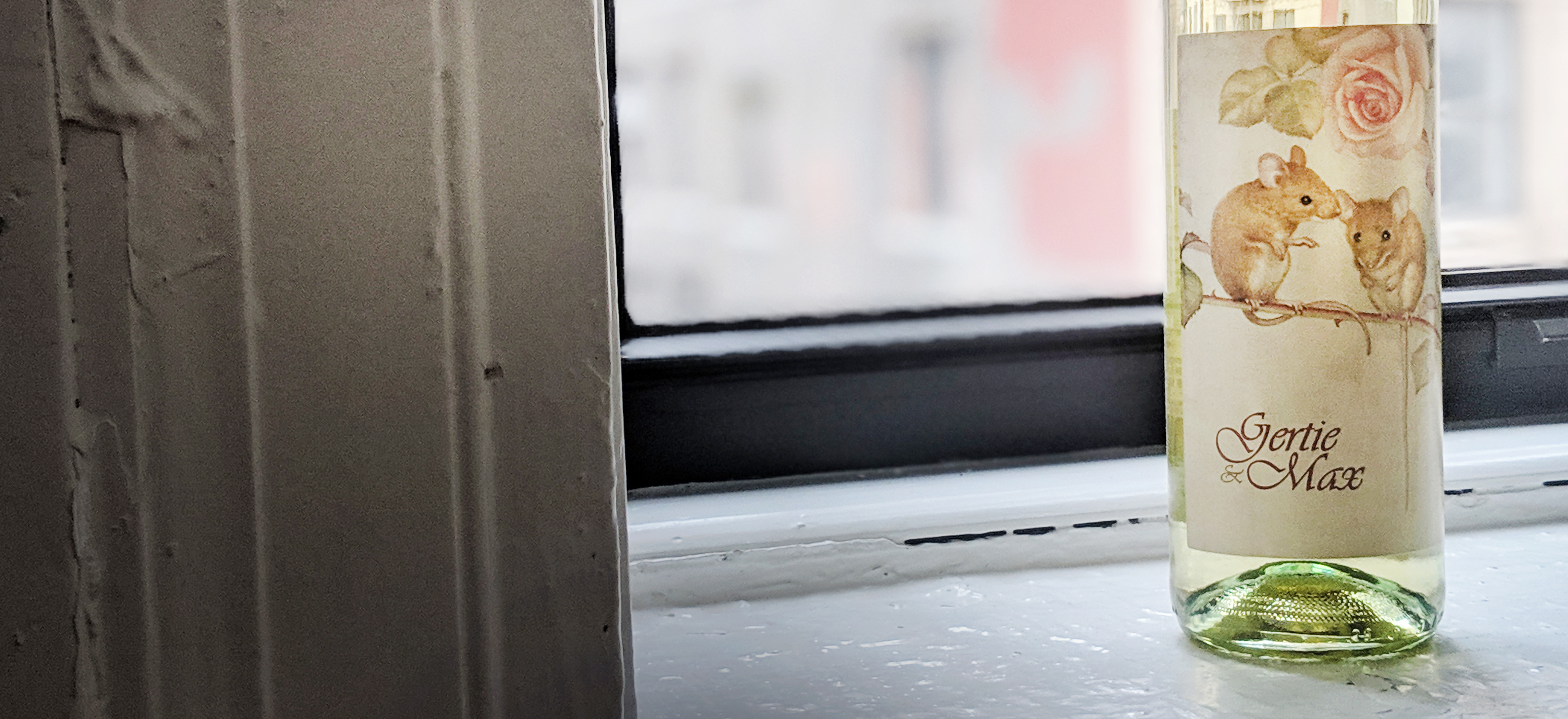 Region:
Region: -
Description:
The Gilles Brisson estate has been family owned and run for 4 generations. Located in Châteaubernard, the cradle of the Grande Champagne appellation, 2 miles away from the city of Cognac, the estate owns 65 hectares in total, 25 of which are planted to Ugni-Blanc for Cognac production; this is quite a lot for an independently run Grande Champagne estate. Cyril Brisson has run the estate since 1989, having learned the arts of distillation and aging under the attentive eye of his father. In turn, Cyril’s young son Alexis is already learning from his father to keep and follow the family tradition. Little has changed in how the cognacs here are made over the last century. The estate uses only their own fruit. Grapes are harvested in mid-October, and are vinified before undergoing a careful distillation from Oct. 15th to Jan. 15th. Only the coeur de chauffe- the finest cut of the newly distilled spirit- is put into cask, where it ages in the estate’s cellar far longer than legislation requires. This additional aging time is a must for these cognacs: the refined and precise aromatic expression (floral, dry vine shoots, lime tree, etc.,) develops intense aromas, and more fruitiness, with a longer time in barrel. Gilles Brisson labels their cognac under the prestigious and rare Grande Champagne Appellation, “1er Cru de Cognac”.
Image: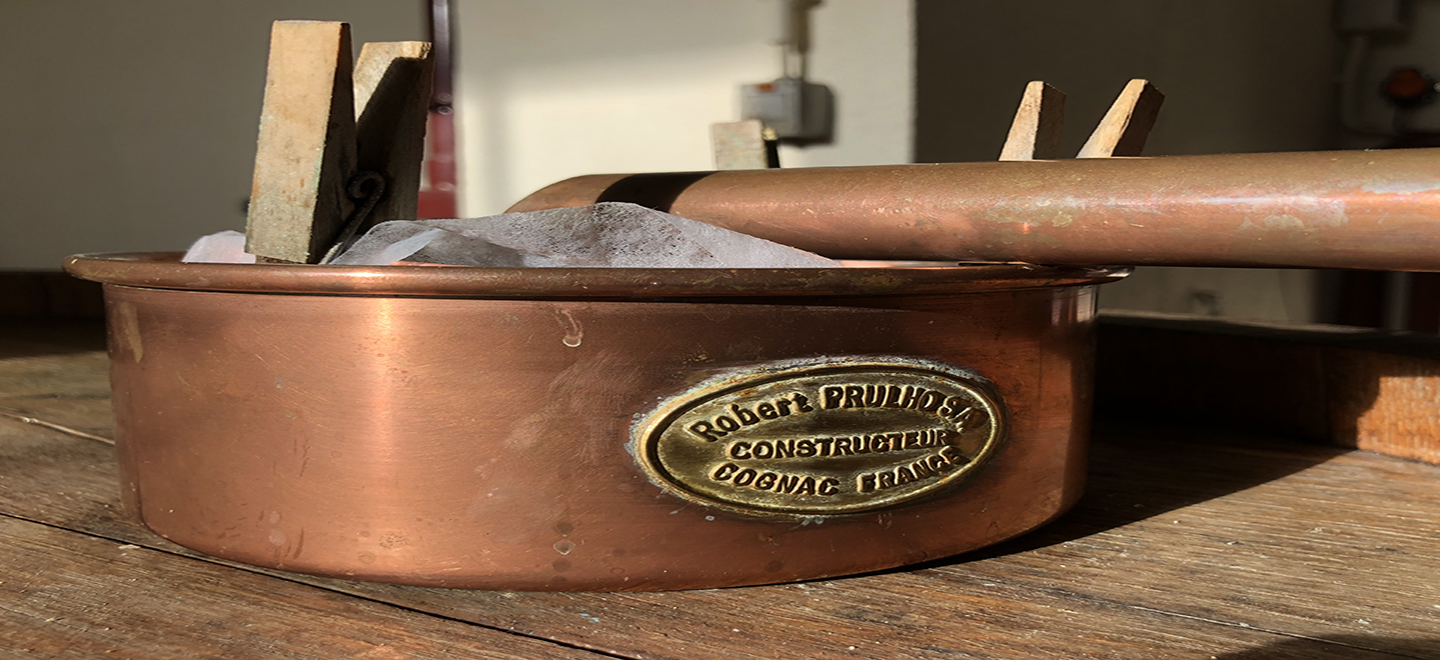 Region:
Region: -
Description:
For more information on Gilvesy, please visit Selection Massale.
Available in California.
Image: Region:
Region:
